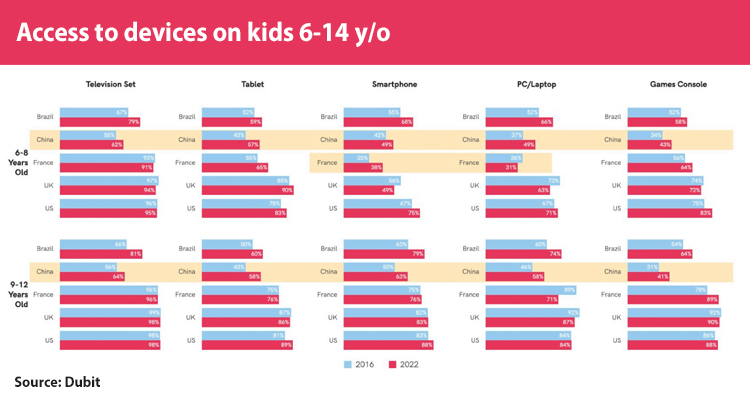The worldwide licensing sector reached unprecedented heights in 2022, registering an astonishing revenue of $340.8 billion. This marks a remarkable 8% increase compared to the $315 billion recorded in the preceding year. Nevertheless, beyond this impressive headline figure, there unfolds a narrative of intricate growth dynamics.

While traditional segments like toys (up 2%), apparel (up 5.9%), and fashion accessories (up 7%) showed steady progress, the true game-changers were experiential categories. Licensed restaurants, hotels, and hospitality services experienced a meteoric 205.6% surge, raking in $6.8 billion. Following closely, location-based entertainment and promotions soared by 67.3%, amassing $7.9 billion in sales.
A pivotal strategy for companies venturing into location-based experiences was the embrace of smaller in-store formats and exhibits. This innovative approach not only breathed new life into retail spaces but also provided opportunities for other brands to showcase exclusive products. Pop-up destinations became vibrant hubs, offering diverse experiences ranging from activities to cafes, even product repairs. The result? Retailers witnessed a substantial uptick in foot traffic throughout 2022.
In international markets, the Asia-Pacific (APAC) region emerged as a standout performer, boasting a remarkable 12.4% growth. This surge was propelled by the burgeoning middle class and rapid urbanization in Southeast Asian nations. Notably, licensed merchandise sales in APAC escalated from $11 billion in 2021 to an impressive $12.4 billion in 2022.

However, amidst this thriving landscape, a notable content gap emerged due to a dearth of new theatrical releases. The increasing fragmentation of audiences across multiple streaming platforms became evident. Projections indicate that this void is set to persist through 2024, with fewer film and TV productions as strikes continue to impede progress.
A beacon of hope lies in the video game category, which demonstrated exceptional resilience. With global sales exceeding $31.5 billion in 2022, it now commands a significant 9% share of the total licensing market. This surpasses other sectors like publishing (3%), sporting goods (4%), and food and beverage (6%), solidifying its position as a dominant force in the industry’s landscape.
Barbiemania
The Barbie movie has seen one of the most prolific, memorable marketing campaigns in recent memory. The film went from viral marketing, to merchandising, to real estate, also included a wide range of PR tactics which have been implemented to create awareness and excitement for the release.
The phenomenon has been studied, and has been determined as an example of the perfect cross-platform circuit for a children’s brand.
The rise of digital technology has transformed how children engage with media. Today, many kids have easy access to smartphones, tablets, and various devices, leading them to consume content across multiple platforms simultaneously. While they still watch traditional TV, they also actively use platforms like YouTube, other social media outlets, and various streaming services.
For instance, Gen Alpha exhibits distinct media preferences, including a strong inclination towards digital content, adeptness in multi-screen consumption, proficiency in social media usage, shorter attention spans, and a keen interest in personalized content. So it is a target to focus on, if you are a decision taker.
Using a multiplatform approach, creators can expand their reach and ensure accessibility for children on their favorite platforms. Yet, when it comes to this audience, it’s not only about reaching them but also about actively engaging them.
Modern children anticipate interactive and captivating content experiences. These interactive components may encompass games, quizzes, polls, and integrations with social media. These elements elevate the overall experience, ensuring children stay actively involved with the content. Moreover, distinct platforms provide distinct features that can be harnessed to deliver personalized and tailored experiences for kids. For instance, streaming services can suggest content based on a child’s viewing history, while mobile applications can furnish personalized avatars and customizable settings. Employing a multiplatform approach empowers content creators to fine-tune their offerings to individual preferences, thus enriching the overall user experience.

